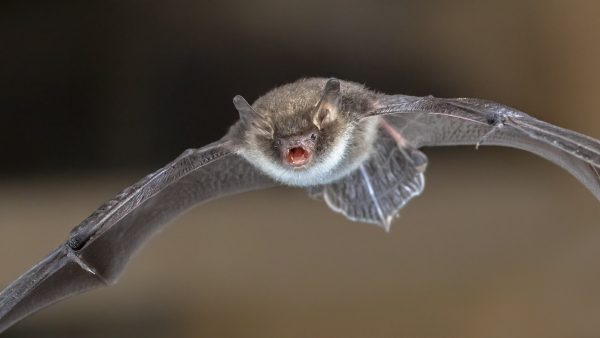Halloween is certainly a time for all things spooky. Fortunately for us, the spookiness is pretend! But when it comes to bats, although a fun symbol for Halloween themes, they are a real-life seasonal threat to your house. Continue reading to why bats can be a hazard this time of year, how to identify a nuisance bat problem, and what you can do to protect your home from bats this season and every season that follows.

Bats This Time of Year
Here in Indiana, bats hibernate for the winter. Although many species migrate toward warmer climates, several others remain locally, and find winter dens that will keep them safe for the season. Generally, caves and underground mines serve as winter bat roosts, but bats are also known to frequently take shelter in man-made structures like barns, sheds, attics, and similar edifices. This is problematic because bats, while roosting, can cause an extreme amount of structural damage, and also pose several health and safety risks for surrounding people and pets. Since bats look for suitable shelter for the winter, they are often a problem for property owners this time of year.
Signs of Nuisance Bat Activity
The signs of bat activity and bat infestations are quite easy to see once you are looking for them. One of the most common signs of exterior bat activity include bat droppings around window sills and door frames, where bats enjoying perching in between hunting. Also, spotting bats flying around your house at dusk is proof that a local colony resides nearby. Signs of bat infestations include chirping and fluttering noises coming from the attic or walls, strange odors coming from the inside of your house, yellow or brown-like stains on your ceiling or walls, and oily black stains on your siding.
What You Can Do
The best strategy to protecting your home from nuisance bats is preventative maintenance. Contact a local bat removal and control company for a full-property inspection. They will locate any openings or gaps capable of allowing bats access into your house, and then seal them up with specialized materials and equipment. You see, bats can squeeze through a hole as little as 3/8ths of an inch, so there could be vulnerabilities in your house’s exterior that you are unaware of.
Who to Trust for Safe and Humane Bat Control
Call 317-535-4605 for prompt and professional Indianapolis bat removal services you can trust. We are DNR licensed and insured wildlife control contractors that specialize is safe, non-lethal bat exclusion and extraction services. Whether commercial or residential, we are fully-equipped to extract from any property. We also provide 24 emergency bat removal, dead animal removal, bat proofing, attic restoration for bat damages, and more. Request a free estimate, anytime.





